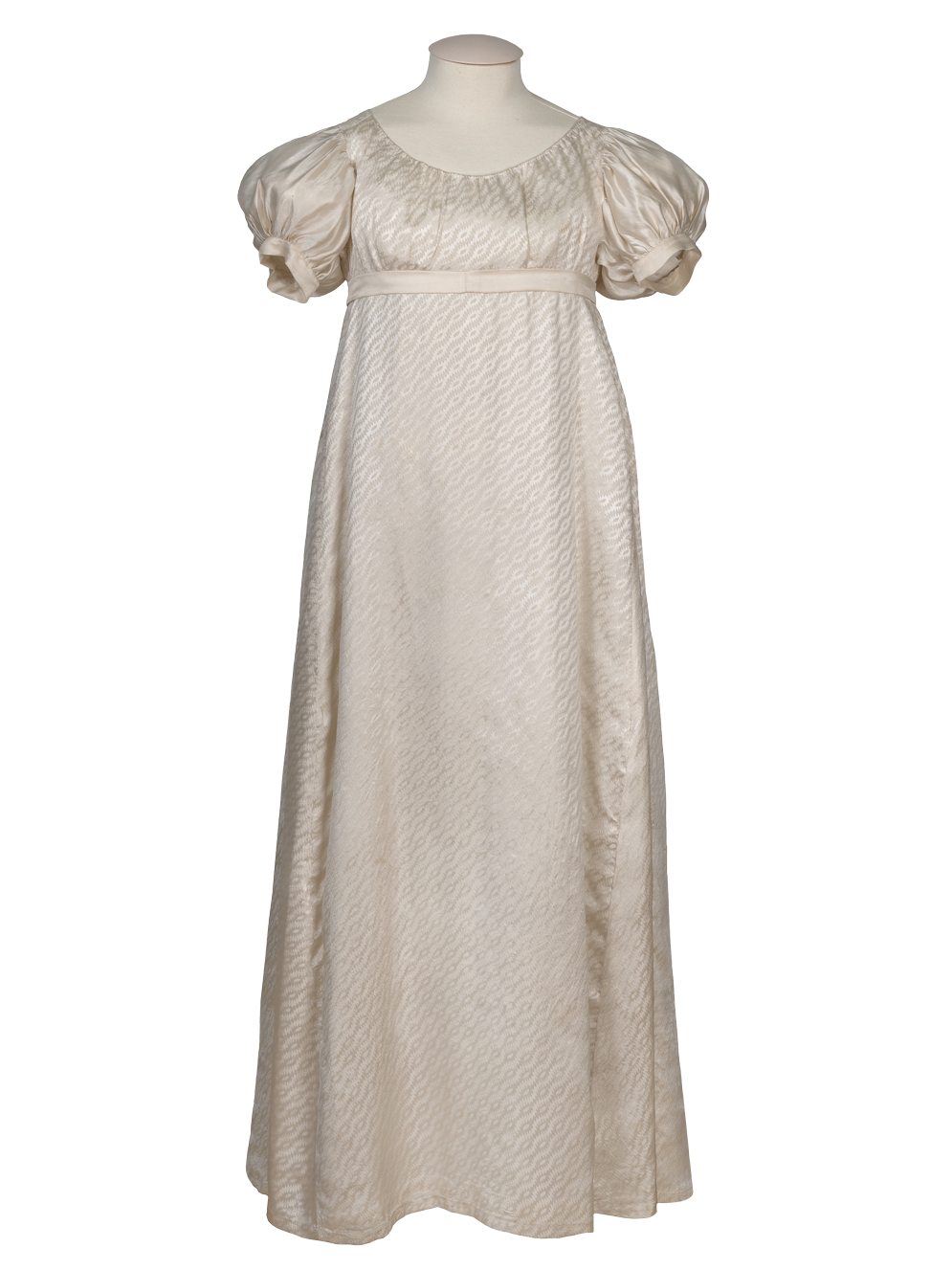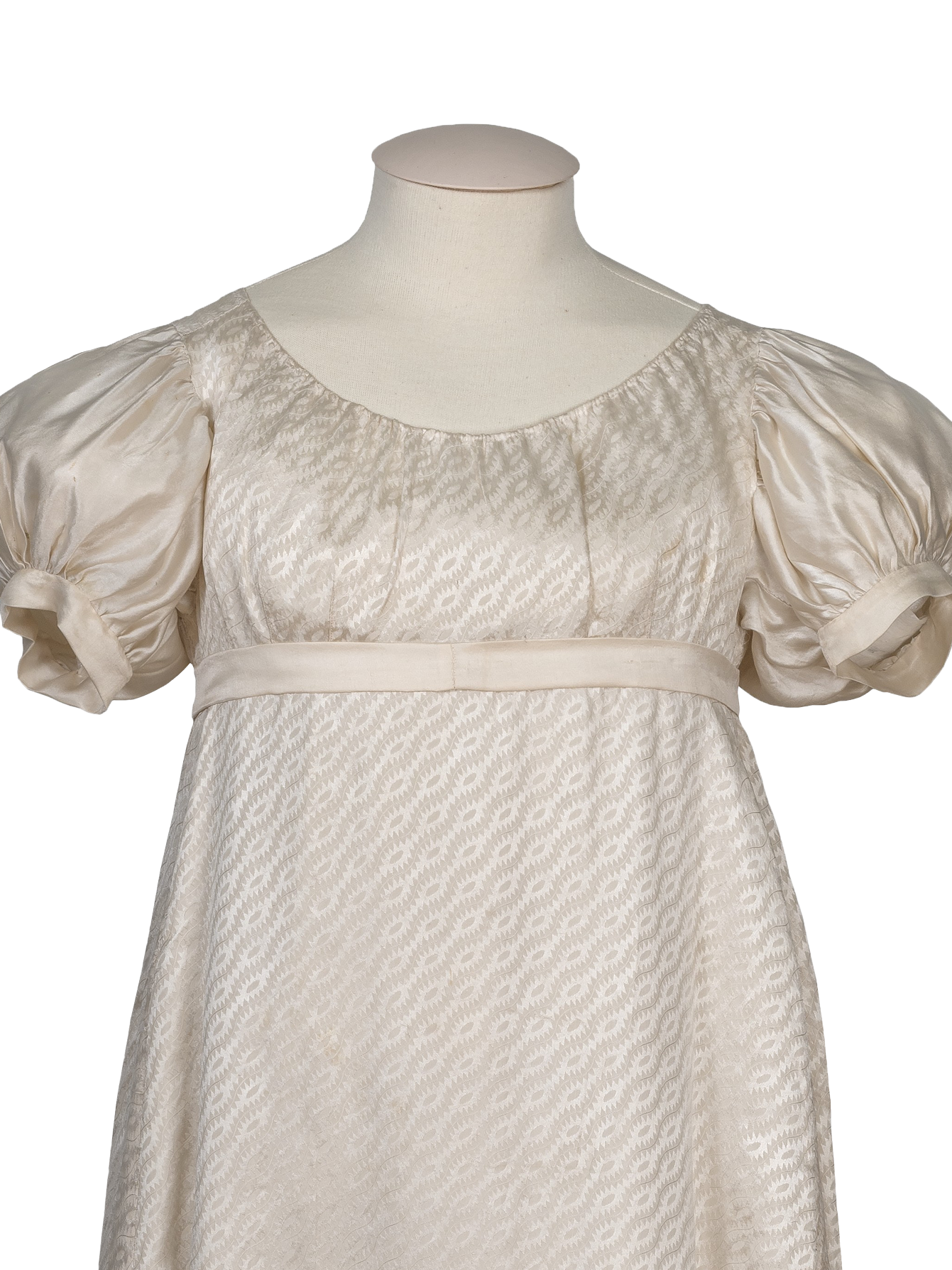WOMAN'S DRESS


Light transparent dresses came in fashion in the beginning of the XIX Century. Silhouettes of those resembled ancient Greek robes, which revealed the shape of the body. “If it weren’t uniforms and coats, the balls could have been looked at as the ancient bas-reliefs and Etruscan vases. And, really, it wasn’t bad: young women and girls were so sparkling, simple and fresh...” “it truly seemed as though the light-winged psyche flutter on the floor.” (Ph.Vigel)
More information...Nymphs of Alexander's era looked like a pieces of art. For her first adult ball, the girl would wear a light, simple dress not too low-cut with a Daisy or a rosebud in her hair. Natasha Rostova at her first adult ball was dressed in a white "misty" dress over a pink silken gown, with a rose in the corsage and hair, which was combed in the fashion of a la grecgue. Pushkin first met Natalia Goncharova at a ball at Yogel’s in Moscow in the winter of 1828–1829. Goncharova wearing a flying white dress and a golden hoop on her head.
From 1804 to 1815 European fashion was dominated by the "Empire" style (FR. Empire). Women's fashion of this period developed along the lines of neoclassical ideas, based on the art of ancient Greece and Rome. The core of the costume was a long one-piece dress with very high waistline and a clasp at the back. Lingerie matched simple cut of clothing. Lingerie consisted of a linen shirt, a corset, pants and a petticoat. Perhaps some wealthy ladies declined to wear tight corsets, however, most women kept on wearing them. The shape of the corset has changed; it wasn’t so tightening the waist as much as it was in the XVIII Century, but it still was the main element of lingerie, emphasizing and upholding a high belted bust line.
Women's urban clothing varied depending on the situation, according to the rules of High Society etiquette. During the day a fine lady could have changed clothes several times. Formal and ball gowns were open, with short sleeves and a plunging neckline, embroidered with colored silken and metallic threads. Luxurious velvet and satin returned to the evening fashion, casual dresses were made of muslin, fine wool, batiste and cotton.

